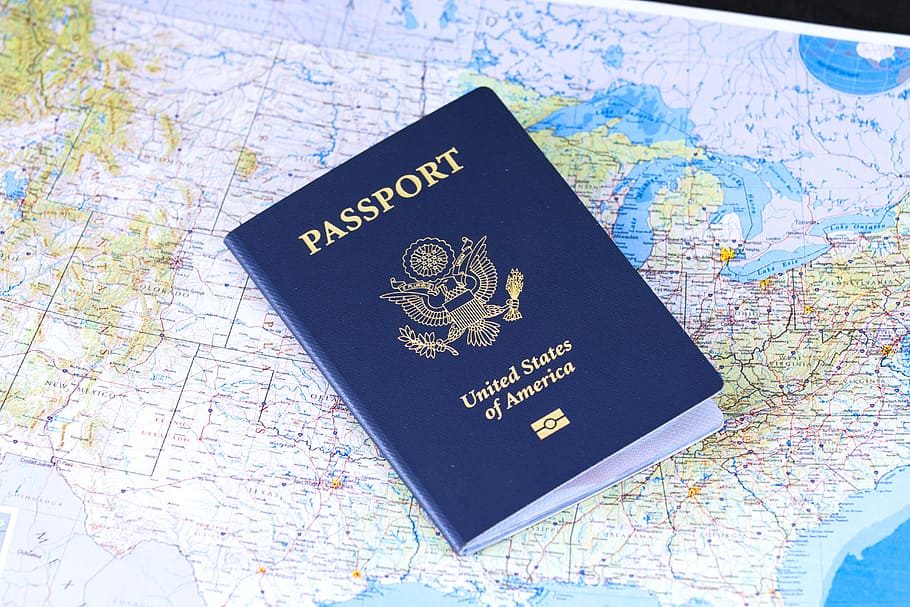If you still think you’re tired after eating turkey on Thanksgiving, you’re wrong. Being tired is part of survival, and survival is knowing what you can and can’t eat. Food myths have been around since the beginning of time (as long as edible ingredients have been around), and many of them seem credible, but in fact, they have no basis in reality. The list of inaccuracies in many foods and food groups is long, ranging from expiry dates (if they exist at all) to false taste profiles that many have believed in all their lives. We’ve already described foods with a shelf life of a hundred years or more, we’ve talked about strange and sometimes very obscene foods, but now it’s time to debunk some serious myths.
#1. Fruit Loops Taste Like Different Fruits
Surprise! It turns out everyone’s favourite fruit loops aren’t what you think. Fruit loops are great, of course, but they don’t all taste the same. A blind test conducted by Food Beast showed that they all taste the same in their “mixed fruits”. That doesn’t mean they’re any less tasty, but it does disprove the theory that enthusiasts have been trying different fruit flavours for decades.
#2. Honey Expires
Believe it or not, honey has a shelf life. It may seem impossible because honey tends to solidify, especially at low temperatures, but the problem can be solved by placing the jar in warm water. For honey to be stored indefinitely, the jar must be tightly sealed, i.e., there must be no holes or cracks in the seal. This also applies to store honey, even in small bear-shaped pots. The flavour and aroma of honey may diminish over time, but they can usually be used until the expiry date.
#3. French Fries Originated in France
There is no conclusive evidence that French fries originated in France, and their origin is at best very approximate. On the contrary. However, there is evidence that the roots of the beloved French fries go back to Belgium. French fries are called “Frites” in France, which is another indication that they do not come from the country of the same name. But they’re still most popular in the US, making it even more confusing where they originated.
#4. American Cheese Is a Type of Cheese
Here I go again! Although American Cheese has a cheese label, it is not cheese according to the technical definition of cheese. In fact, it is classified as a cheese product like Velveeta or Nachos. American Cheese cannot be considered a real cheese because it has not been processed in the manner required to qualify as an authentic cheese. American Cheese is technically pre-treated before being mixed with salt and preservatives, making it a product and not a slice of real cheese. This is done by allowing enzymes and bacteria to grow in the heated milk before separating the curds and whey.
#5. Raw Oysters Are Dead on Arrival
It may seem like a strange idea, but lovers of raw oysters will be surprised. Not only can an oyster be alive when eaten, but these shellfish live until they are harvested for serving. This method is most common in the United States, where shucked oysters are cleaned just before consumption. Since oysters rarely move, it is sometimes difficult to tell if they are still alive. Removing the shell can leave them completely immobile, so you never know.
#6. Binge-Eating Turkey Will Make You Feel Sleepy
When it’s time to go to bed before 7 pm, everyone tends to blame the turkey, but in fact, it’s not the turkey that’s causing the tiredness most people experience. Turkey does contain tryptophan, but no more than chicken or other poultry. So, this excuse is not only false, it is totally discredited. A person would be no more tired than if they had eaten the same amount of chicken or duck, so what causes the sudden fatigue? The answer is that a large amount of food and alcohol on Thanksgiving makes us more tired than usual after a typical meal.

